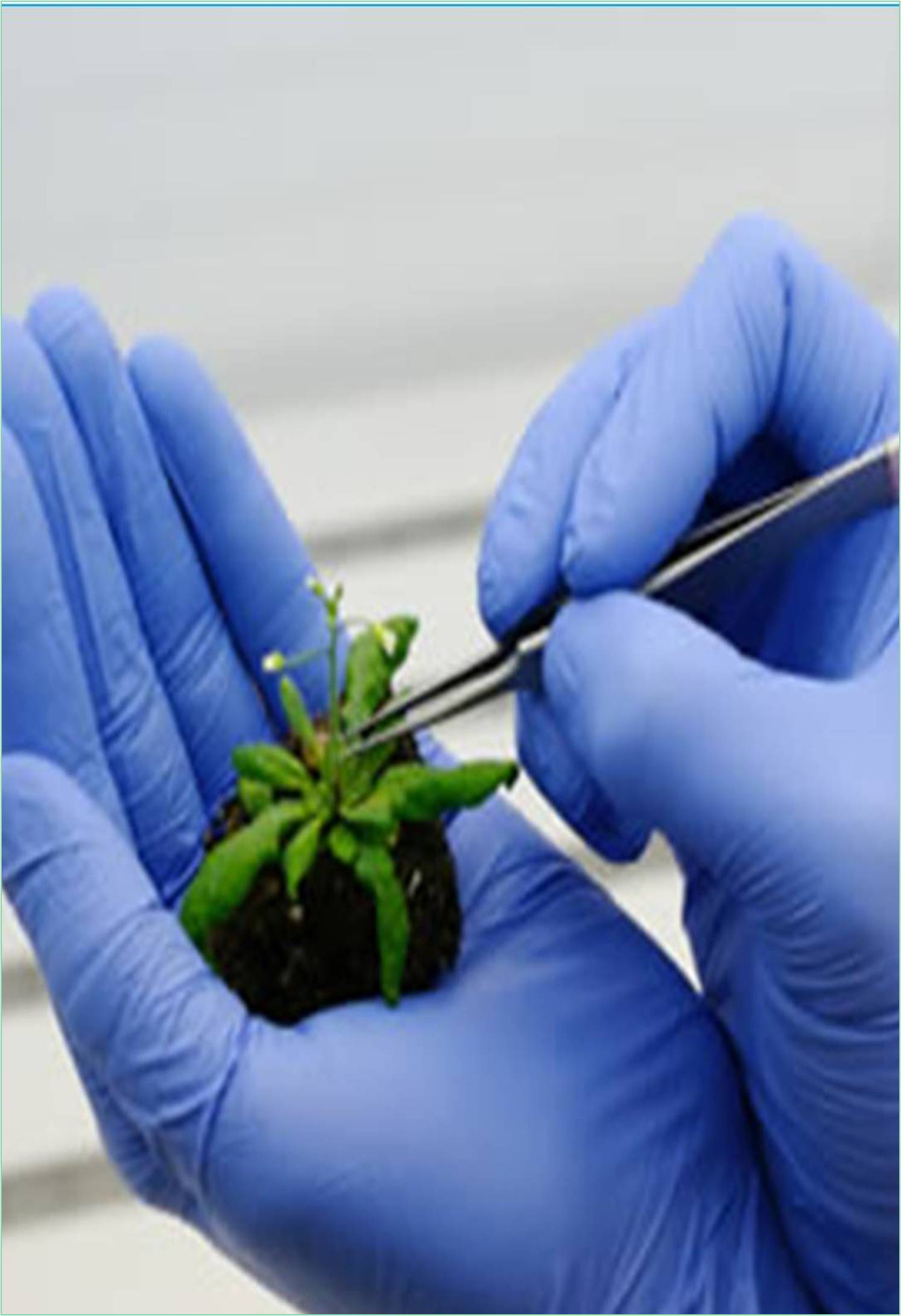



Received: 01-Jul-2022, Manuscript No. GJBB-22-74393; Editor assigned: 04-Jul-2022, Pre QC No. GJBB-22-74393 (PQ); Reviewed: 18-Jul-2022, QC No. GJBB-22-74393; Revised: 25-Jul-2022, Manuscript No. GJBB-22-74393 (R); Published: 02-Aug-2022, DOI: 10.15651/GJBB.22.10.041
Seed dormancy is the state or condition in which seeds are prevented from germinating even though the environmental circumstances for germination are favorable, such as temperature, water, light, gas, seed coats, and other mechanical constraints (Koornneef, 2002). The primary reason for these conditions is that they require a time of rest before they can germinate. These situations might last for days, months, or even years. Light, water, heat, gases, seed coverings, and hormone structures are used to create such conditions.
Innate Dormancy
It is the condition of seeds that are unable to germinate even when sufficient conditions for seedling growth are provided. This inability to germinate may be owing to the embryo being underdeveloped at the time of dissemination in some species.
Enforced Dormancy
It is the condition of seeds that are incapable of germination even when sufficient conditions for seedling growth are provided. This inability to germinate may be owing to the embryo being underdeveloped at the time of dissemination in certain species (Holloway, 2021).
Induced Dormancy
This type of seed dormancy happens when a seed has ingested water but is placed under severely unfavorable germination conditions.
Natural Breaking of Seed Dormancy
Dormancy ends when the embryo is exposed to a proper environment, such as adapted moisture and temperature. The smoothing action of natural agents such as microorganisms, temperature, and abrasion by the digestive tract of birds and animals that feed on these seeds causes the seed coat of many species to become transparent (Válio, 2001). Other natural means include the conclusion of the over-ripening stage, the leaching of inhibitors present in the seed coat, and the inactivation of inhibitors through the application of cold, heat, and light.
Artificial Overcoming of Seed Dormancy
An artificial method for breaking seed dormancy includes:
• Hot water action for waxes, surface inhibitors, and so on.
• Seed coat rupturing using filing, chipping, or threshing machines.
• Heat, cold, or light exposure, depending on the kind of seed dormancy.
• By applying hydraulic pressure to the stiff seed coatings for 5 to 20 minutes.
• All traces of mineral acid are removed from seed coverings using strong sulphuric acid.
Seed Coat Treatment
These treatments weaken or break a hard seed coat, making it susceptible to water or gases. This is known as scarification (Mehanna, 1985).
Embryo Treatments
Before being transported to a temperature suitable for germination, seeds are incubated at a low temperature over a moist layer.
Some species may benefit from a few hours to a few days of incubation at 40-50°C. For example, rice seeds that have been treated with hot water at 40°C for at least 4 hours (Thompson, 1973).
Plant dormancy is both beneficial and detrimental to humans. Cereal grains have a short dormancy that aids in harvesting, dry storage, and use as a food source. In the absence of dormancy, these grains would most likely germinate in the field under adverse conditions. Dormancy has a significant advantage in terms of species survival, particularly in places with well-defined seasonal changes and when winter and summer are of contrasting types. Bud and seed dormancy is induced in some alpine and temperate species with the arrival of winter, and this process aids the plant species in surviving harsh winter conditions.